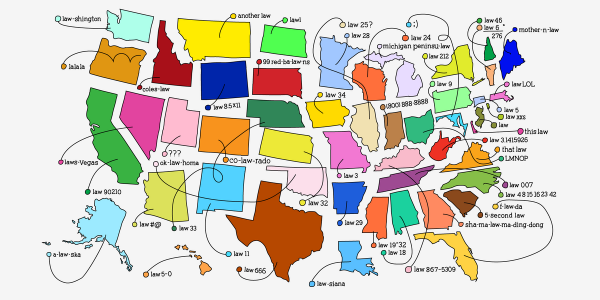Introduction to Special Issue of Discover Society about the role of expertise and professional knowledge in democracy by John Holmwood: “In the UK, the vexed nature of the issue was, perhaps, best illustrated by (then Justice Secretary) Michael Gove’s comment during the Brexit campaign that he thought, “the people of this country have had enough of experts.” The comment is oft cited, and derided, especially in the context of the Covid-19 pandemic, where the public has, or so it is argued, found a new respect for a science that can guide public policy and deliver solutions.
Yet, Michael Gove’s point was more nuanced than is usually credited. It wasn’t scientific advice that he claimed people were fed up with, but “experts with organisations with acronyms saying that they know what is best and getting it consistently wrong.” In other words, his complaint was about specific organised advocacy groups and their intervention in public debate and reporting in the media.
… the Government has consistently mobilised the claimed expert opinion of organisations in justification of their policies
Michael Gove’s extended comment was disingenuous. After all, the Brexit campaign, no less than the Remain campaign, drew upon arguments from think tanks and lobby groups. Moreover, since the referendum, the Government has consistently mobilised the claimed expert opinion of organisations in justification of their policies. Indeed, as Layla Aitlhadj and John Holmwood in this special issue argue, they have deliberately ‘managed’ civil society groups and supposedly independent reviews, such as that currently underway into the Prevent counter extremism policy.
In fact, there is nothing straightforward about the relationship between expertise and democracy as Stephen Turner (2003) has observed. The development of liberal democracy involves the rise of professional and expert knowledge which underpins the everyday governance of public institutions. At the same time, wider publics are asked to trust that knowledge even where it impinges directly upon their preferences; they are not in a position to evaluate it, except through the mediation of other experts. Elected politicians and governments, in turn, are dependent on expert knowledge to guide their policy choices, which are duly constrained by what is possible on the basis of technical judgements….(More)”

